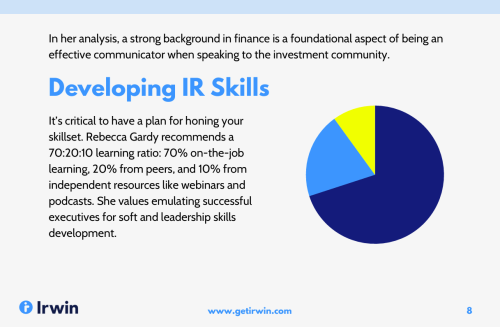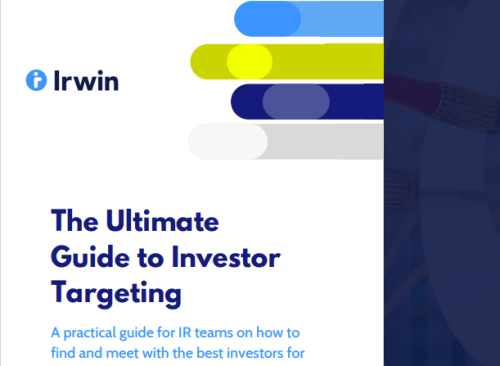The global markets saw broad-based positive gains at the start of Q2; in April, the S&P 500 was up 13 percent and DJIA up 11 percent, their largest percentage gains since 1987, while Nasdaq saw its biggest monthly gain since June 2000 (15 percent). This sets the stage for companies to shift to a proactive investor communication strategy.
Heading into Q1 earnings, investors expected a challenging earnings season, but the extent of early Covid-19 collateral damage was uncertain. Now that results have confirmed the austere reality of late March’s impact and continued deceleration through April, the focus is shifting to what is expected to be the trough in Q2. With 52 percent of the S&P 500 withdrawing guidance through May 14 due to continued uncertainty, investors and analysts will be looking for companies to frame how they should be thinking about performance and, more importantly, what actions executives are taking to mitigate the extreme downturn and to continue to execute growth-oriented strategies.
In our most recent Inside the buy side® earnings primer, we find that 55 percent of surveyed investors report increasing cash holdings during Q1, which gives companies the perfect opportunity to capture investors’ share of wallet through effective, agile execution and clear, transparent communication.
In reflecting on the past to inform the future, our research in 2009 after the global financial crisis also found that while investors were acutely focused on management’s efforts to maintain balance sheet liquidity and preserve capital, 55 percent were more focused on hearing an update on strategy and how companies were positioning for a recovery. More importantly, 60 percent reiterated that a proactive and honest approach to communication, as well as a sound investment thesis, was critical to their investment decisions.
As such, investor relations leaders must capitalize on the opportunity now to calibrate their investor engagement approach to maximize value capture post-earnings and for the remainder of 2020. IR leaders should consider the following three communication strategies:
- Update your investment story – Our research finds that 88 percent of investors view the investor presentation as the leading source of company-generated information. Your presentation should work hard for you and effectively communicate your investment story and thesis. We encourage sticking to your knitting – that is, keeping your long-term strategy intact – but also recommend developing a compelling and robust thesis that clearly addresses near and mid-term opportunities and catalysts. While each company starts from a different point of strength, every story is important to tell investors why they are the right fit for you at this time
- Develop a go-to-market strategy – Much has changed in the way of invested assets over the last quarter and identifying qualified underweight shareholders and prospective investors based on the latest data is critical to maximizing your time and impact spent marketing. While the sell side remains an important conduit of your story, we recommend using a data-driven strategy to engage with the buy side directly. With an updated message and a new slate of investors to target, develop a go-to-market strategy, inclusive of specific 2020 goals and KPIs. Cultivating leads through dynamic marketing efforts and methodical follow-up is critical to converting leads and maximizing impact
- Leverage virtual platforms – Until we’re back to normal, traveling and presenting in person, virtual communication is a low-cost, high-return approach to engaging with investors. Hosting non-deal roadshows, investor days and fireside chats with management is a win-win strategy. If there are silver linings in the post-Covid era, a major one is the benefit technology has had on communication and engagement. Every company should be leveraging the various platforms to proliferate its investment story.
Q2 is the time to educate investors about your company strategy, which should be a balance between short and mid-term strategic decisions and long-term initiatives. Providing updates on execution as you navigate the current landscape, highlighting competitive advantages and reinforcing your value proposition as an investment will serve to cultivate interest and investment, as the impact of the pandemic continues to play out.
Rebecca Corbin is founder and CEO of Corbin Advisors










